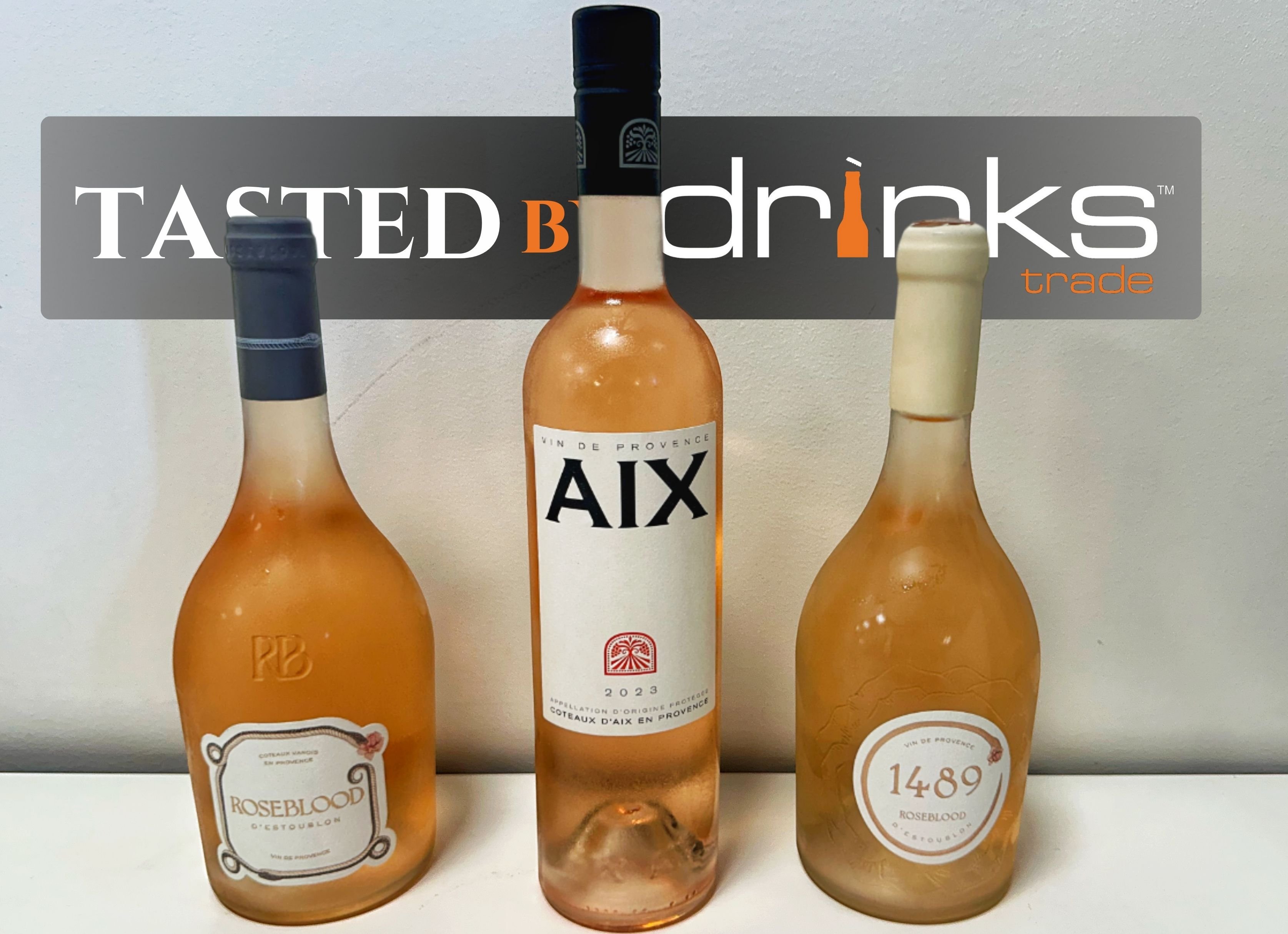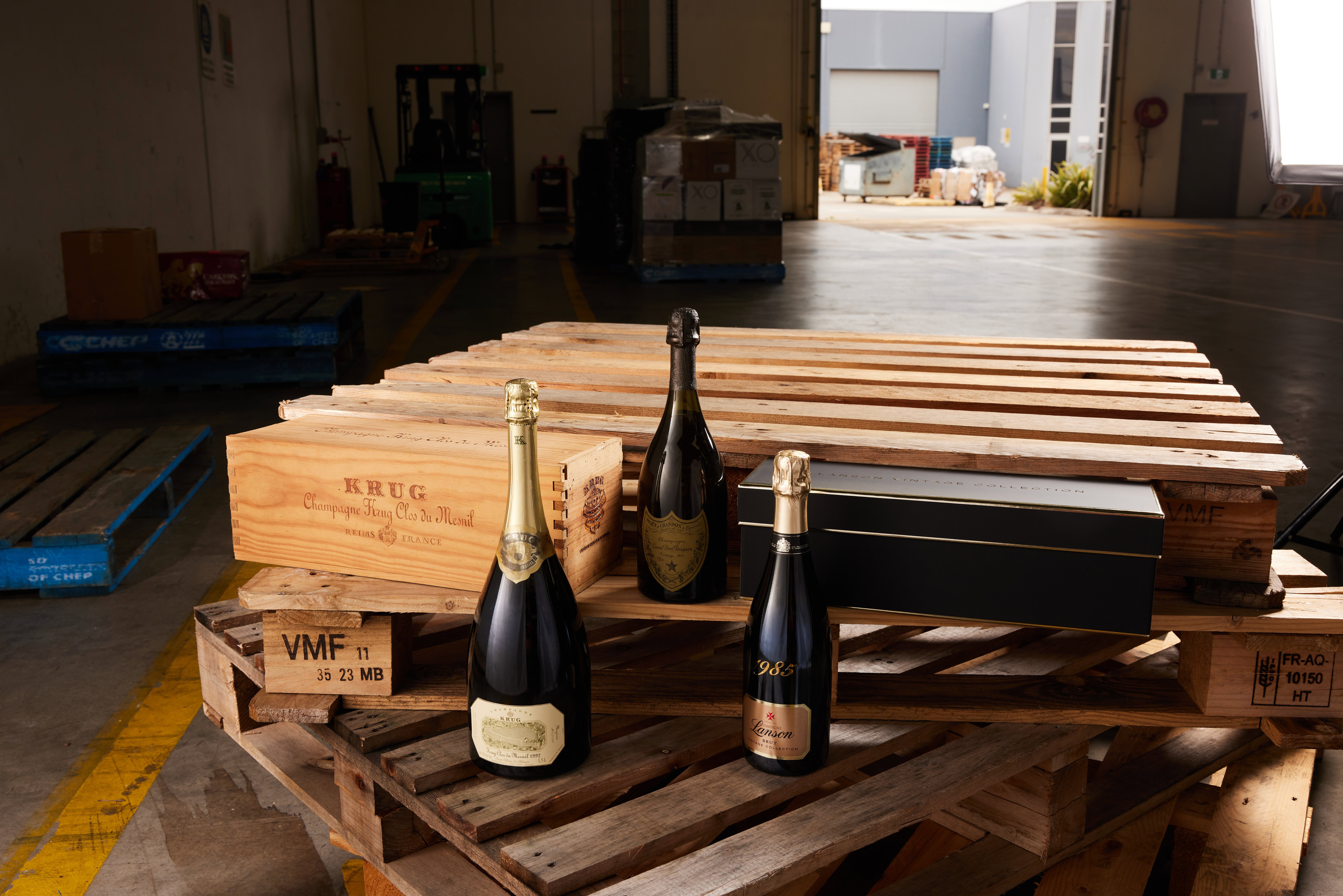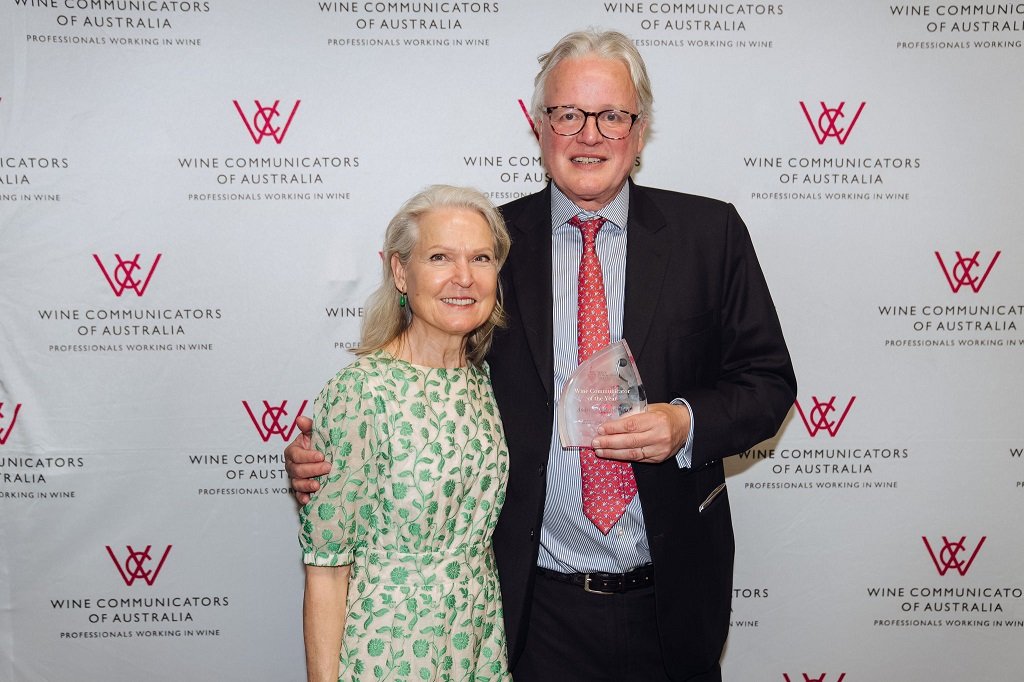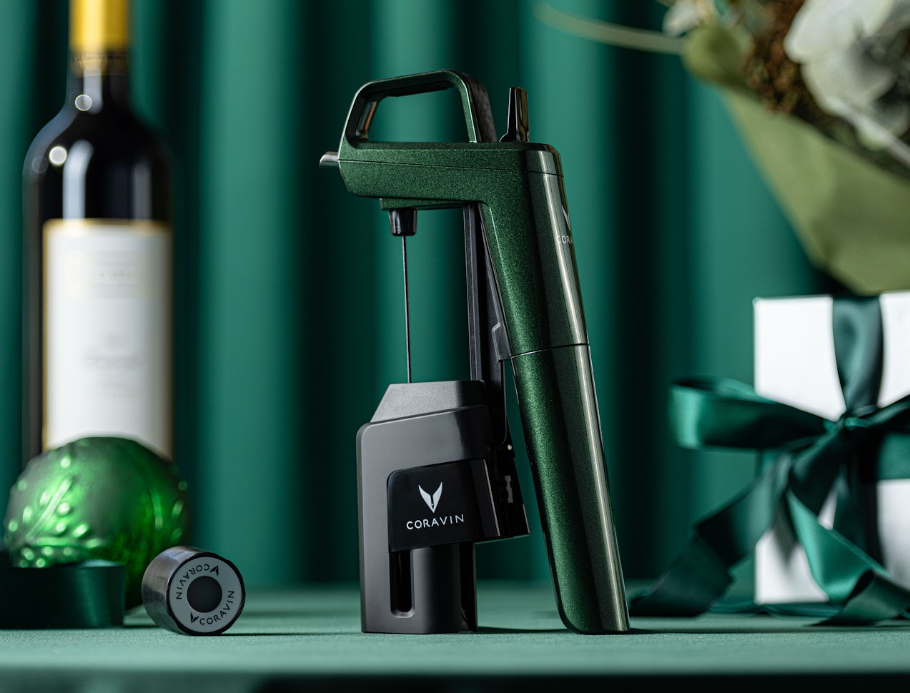After a year of falling sales, Champagne houses is hoping New Year's Eve cork popping will bring life back to the ailing industry.
The Champagne industry is reeling from a combination of a decade-long slide in domestic demand, British drinkers turning to cheaper alternatives and the threat of 100% tariffs from the US.
In 2018, sales in France fell by 6.5 million bottles and there are signs that this year may have been even worse.
French supermarkets usually hold two-for-one promotions ahead of the festive season to boost sales, but a new law aimed at raising prices for farmers barred retailers from offering their usual deals.
According to Nielsen, that contributed to a 34% slump in Champagne sales during retailers’ autumn wine fairs.
Sales of sparkling wine are also gaining traction in France. While Champagne sales volumes in supermarkets fell 3.5% in 2018, Spanish Cava and Italian Prosecco jumped 58%, according to data from Symphony IRI published by FranceAgriMer.
Brits ditch expensive bubbles
Figures released by the Wine and Spirit Trade Association in the UK have shown the first drop in sales in the sparkling wine market since 2012 when its records began.
Demand for premium champagne has been hit the hardest, with sales falling by 28% from about 18 million to 13 million bottles in the last recorded 12 months, worth £613million.
This compares to the market peak in 2016, when more than 23 million bottles were sold at a value of about £753million.
WSTA said a rise in wine duty in February had taken its toll, while younger people were generally choosing to drink less.
Tariffs loom in the US
Unless there is a major breakthrough in trade negotiations with France, the Trump administration is preparing to raise tariffs on a host of French products — including cheeses, wines and Champagne — by mid-January.
The move may result in a 100% tax increase on France’s key exports.
It comes in response to a pending digital tax imposed by Paris on companies such as American giants Google, Facebook and Amazon.
The US move would severely affect the French wine industry, with its sparkling wine varieties amounting to more than $775 million in exports to the United States each year alone.
In October, the US imposed a 25% tariff on wines and other products from France, Germany, Spain and Britain. However, this measure did not apply to wines over 14% alcohol or to sparkling wines.
Aussies drank 150,000 fewer bottles of Champagne last year
Champagne sales dipped 1.8% in Australia in 2018.
“Moet & Chandon and Veuve Clicquot comprise the other two major brands among the ‘Big 3’ which collectively account for 68% of white champagne varietal sales,” said IRI Insights Director Daniel Bone “Annual declines recorded by all three top selling brands – and Champagne’s top three selling SKUs which are aligned to each of the ‘Big 3’ – has contributed to the overall declines currently recorded in retail liquor champagne sales.”
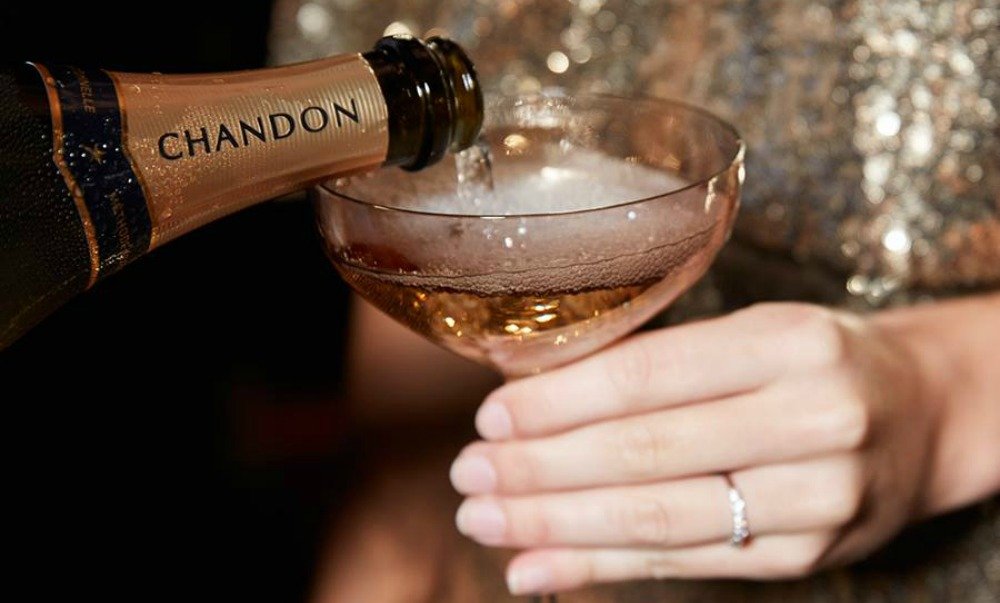
John Noble at the Champagne Bureau, which represents the Comité in Australia, told The Australian a softer economy was hurting sales.
“In line with our economy, it is down 1.8% in total bottles, and the value is a bit down as well — it’s a difference of 150,000 bottles’’ he said.
According to a report by the Comité earlier this year, some of the reasons for the decline were unfavourable exchange rates, falling housing prices and the slowdown in the Chinese economy, which has had a negative impact on the Australian market.
Australia was once one of the fastest-growing regions for champagne sales, with 134% volume growth in the past 10 years.
Despite the drop, we’re still the sixth-biggest consumer of bubbly in the world. We drink more than the Italians, twice as much as the Spanish, and four times more than the Russians.
Share the content

